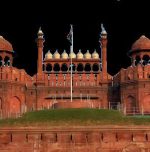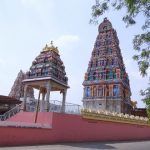The Hindus of Caribbean

On May 5, 1838, the Whitby, a British ship docked in British Guiana (now called Guyana) with 249 human shipment after an almost three-month voyage from the Port of Calcutta in India. On the approach, several of those on board were abused by the ship’s crew, and 5 died.
The Whitby was the primary of the many chartered ships that will bring Indians — principally poor Hindus from rural northern India — to labor on the sugar cane plantations within the British West Indies.
Over following eighty years, over 500,000 Indians would create the trip to the Caribbean as bound servants, primarily to places like Guyana and Trinidad. Their story — formed by the trauma of Transatlantic migration, struggles during a new atmosphere, and eventually the triumph of shaping a definite identity — continues to be an unnoticed a part of colonial history.
One of the foremost vital aspects of the Indo-Caribbean expertise was however Hindus tailored and adjusted practices to suit their new atmosphere and hold onto traditions they felt as very important.
In the present, many Hindus have migrated to Canada and US where there are approximately 300,000 Caribbean Hindus. Perhaps the experiences of the Caribbean Hindu communities — and their resolve to self-define within the face of trauma — may be used to help form the collective identity of the Hindu American community at large.
Foto di Gordon Johnson da Pixabay (Free for Commercial Use)
Image Reference: https://pixabay.com/it/vectors/om-buddhismo-devanagari-induismo-3312546/









Leave a Reply